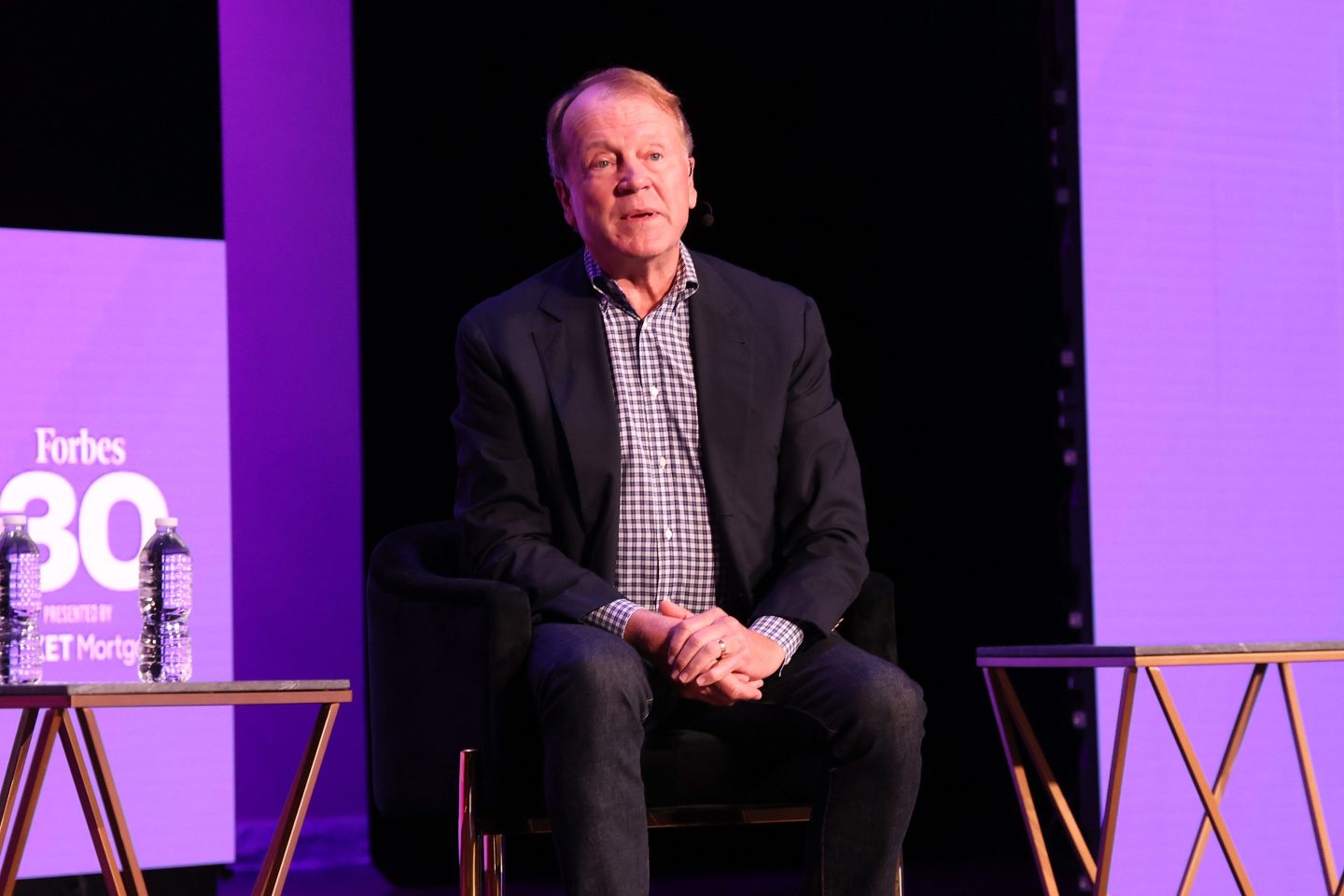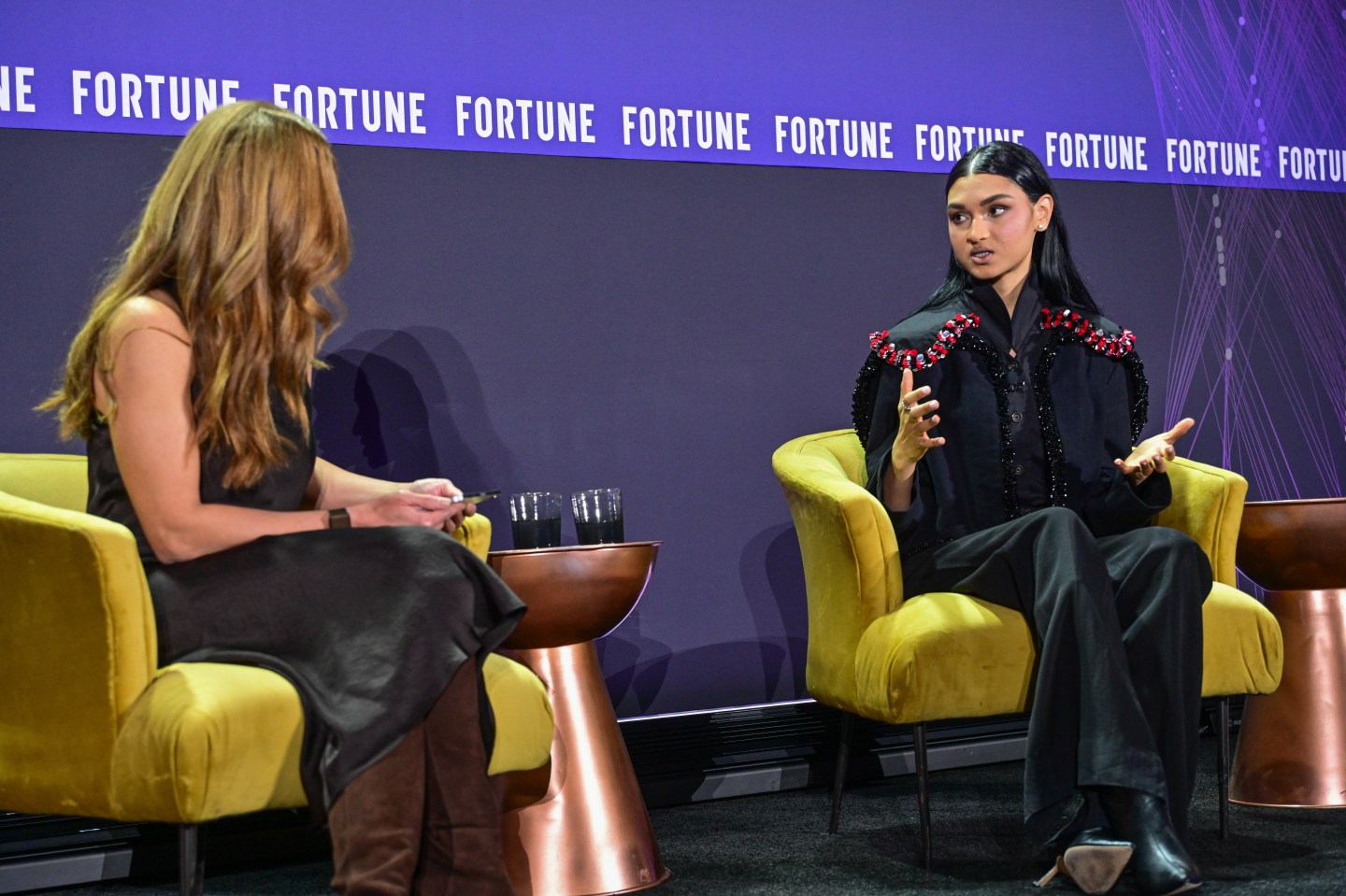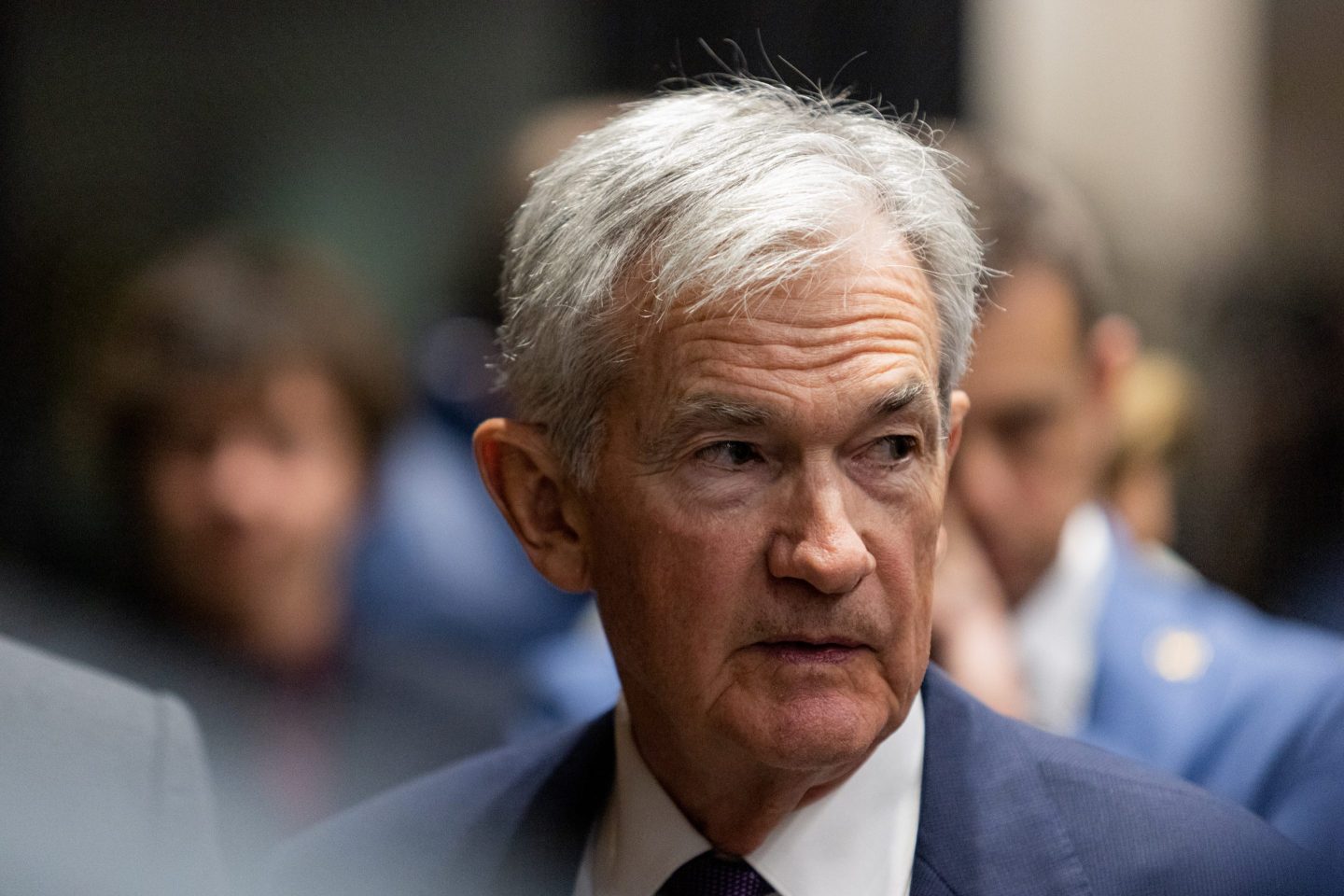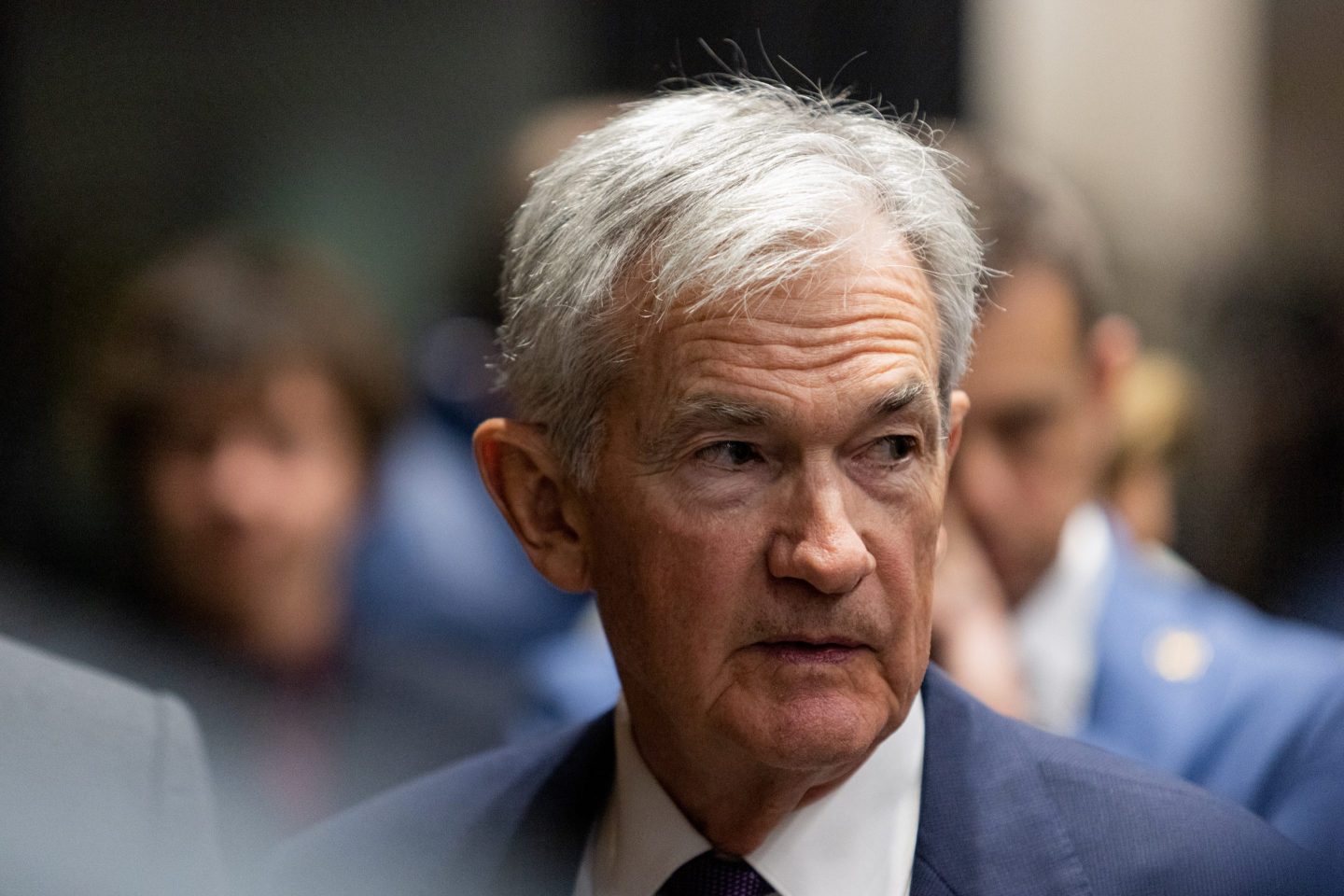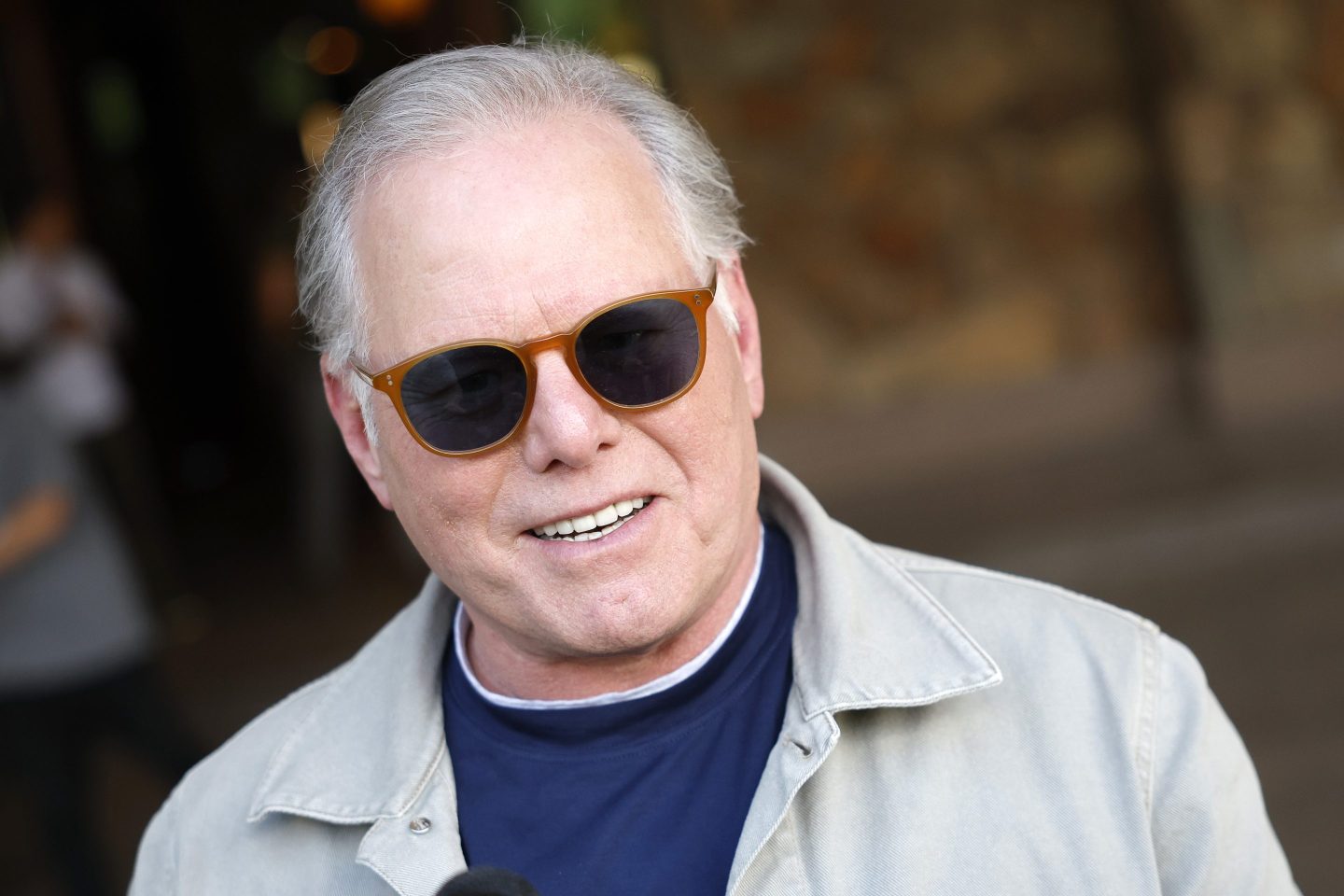John Chambers, the former CEO of Cisco, knows a lot about tech bubbles. As a veteran of the internet’s boom that led to the dot-com crash, he’s seen his fair share of transformative technologies, and their effects on the industry.
But the recent frenzy of AI-fueled investments and stock-market gains has Chambers experiencing déjà vu: The AI-hype feels all too reminiscent of the 1990s crash.
“In the internet age, there was an irrational exuberance on a really large scale,” Chambers told the Associated Press. “In this AI one, there is a lot of tremendous optimism that does indicate a future bubble for certain companies.”
“Is there going to be a train wreck? Yes—for those that aren’t able to translate the technology into a sustainable competitive advantage,” he added.
The speed of AI
In 1995, Cisco Systems had a value of around $15 billion. It later skyrocketed to $550 billion, making it one of the most valuable companies at the time in March 2000, before the investment bubble burst, which resulted in its stock tanking 80%. Though the networking giant bounced back since then–its stock price hasn’t reached the level it once was during the internet madness.
This time around, Chambers is watching from the other side of the table—as a venture capitalist betting on AI startups. Now as he is laying out the red flags he’s seen in the past, but with one important distinction for AI: speed.
Chambers said the new technology is moving at five times the speed and will produce three times the outcome of the internet age.
“The problem this time is that if I am right about AI moving at five times the speed of the internet, we are going to destroy jobs faster than we can replace them,” he said.
“Will we be able to replace them over time? Yes, but there is going to be a drought while we have to re-educate lots of people,” he added.
“Entry-level jobs, both white and blue collar, are going to disappear fast,” the ex-CEO warns
Chambers said AI’s job-elimination potential worries him “big time.” The topic has been widely discussed among recent graduates, where the pool of job opportunities for Gen Z is becoming increasingly meager.
“We need to change education,” he said. “Entry-level jobs, both white- and blue-collar, are going to disappear fast. We’re creating more productivity, but we have to create more jobs as well. If companies start making more money, they’ll either raise dividends or invest in new areas. Hopefully, most will invest in new areas to create new jobs.”
Chambers also has a warning for Fortune 500 companies: If they fail to adapt, they could disappear.
“They won’t have the skills to adjust to this new innovation economy driven by AI,” he said. “They were trained to move at the speed of a five-year cycle instead of a 12-month one.”
“It’s the most uncertain time on a global basis, ever. I would argue that this is the new normal. With the speed the market is moving at now, you have to be able to reinvent yourself, which most CEOs and business leaders don’t know how to do, especially with AI,” he said.
